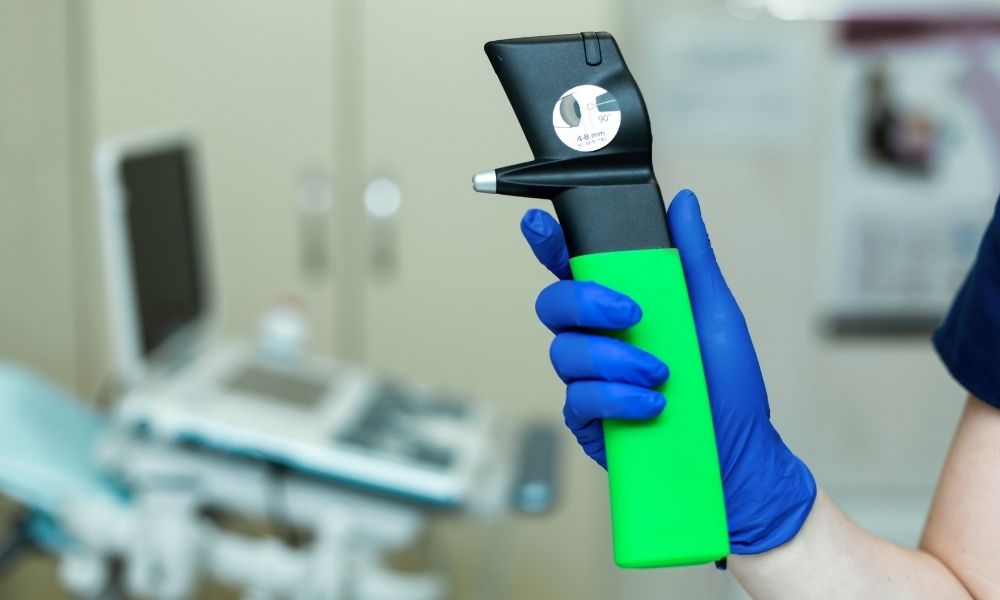
With sustainability as a global watchword in 2021, it may come as a surprise that disposable editions of ophthalmic instruments are gaining popularity in the field. After all, shouldn’t we be trying to conserve and reuse what we already have? In general, yes. In the specific area of ophthalmology, however, with its exacting requirements for sterile and durable supplies, the world may have to make a certain allowance for increased waste. In this post, we’ll explain the rise of disposable ophthalmic instruments and why single-use equipment in ophthalmology is an exception that proves the rule.
Maximum Sterility
In performing surgery on the eyes, the sterility of instruments is paramount. Non-sterile instruments and knives can lead to painful and dangerous complications for patients—an outcome any ophthalmologist hopes to avoid. Sealed disposable instruments are guaranteed to be sterile, assuaging doctors’ fears. Additionally, while it may seem costly to employ disposable instruments and knives, this does not account for the eliminated cost of ensuring the continued sterility of their reusable counterparts. In the long run, disposable choices may be a smaller investment.
Less Fragility and Wear
Ensuring the sterility of reusable equipment is challenging not necessarily because their surfaces inherently attract pathogens but rather because of their delicate nature. Small-gauge ophthalmic instruments and knives are highly fragile and prone to breakage. This becomes clear when attempts to repeatedly sterilize them can cause them to wear down and fail. To obviate the loss of costly investments, it becomes safer and more cost-effective to use single-use small-gauge instruments that won’t need to stand up to the rigorous cleaning they would otherwise require.
Stick With Tonometer Tips
The rise of disposable ophthalmic instruments has included not just surgical tools but also tonometric exam equipment. With the advent of pneumotonometry, it may seem wasteful and counterintuitive for ophthalmic professionals to adhere to Goldmann tonometer alternatives that require disposable accessories. However, there will always be a place for handheld applanation in the field of tonometry. The Reichert Tono-Pen delivers intraocular pressure readings that correlate more strongly with the gold-standard Goldmann applanation readings than the air-puff tests of pneumotonometry. When faithful readings are important and traditional applanation is not an option, you and your patients will benefit from a well-covered handheld model. Automated Ophthalmics is a leader in the disposable tonometer tips that keep your tonometers safe and your IOP readings accurate.
